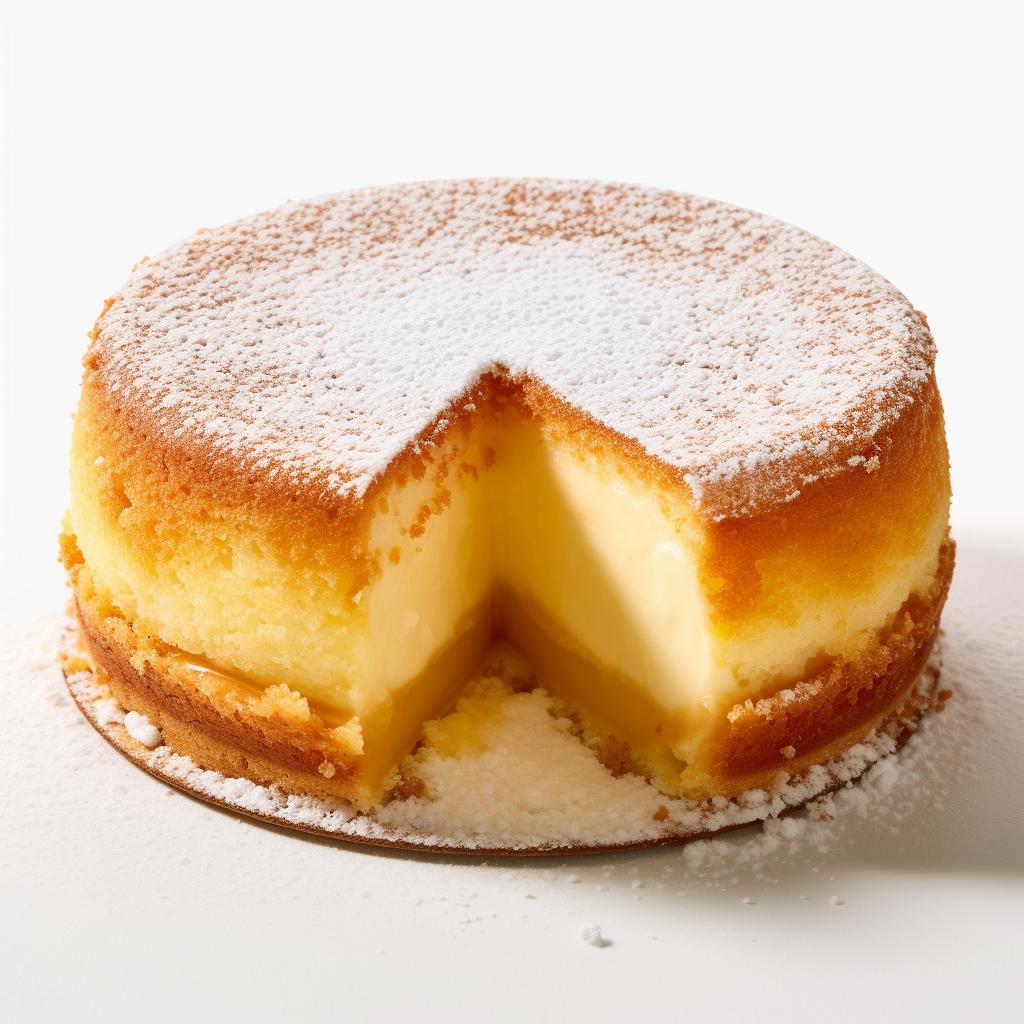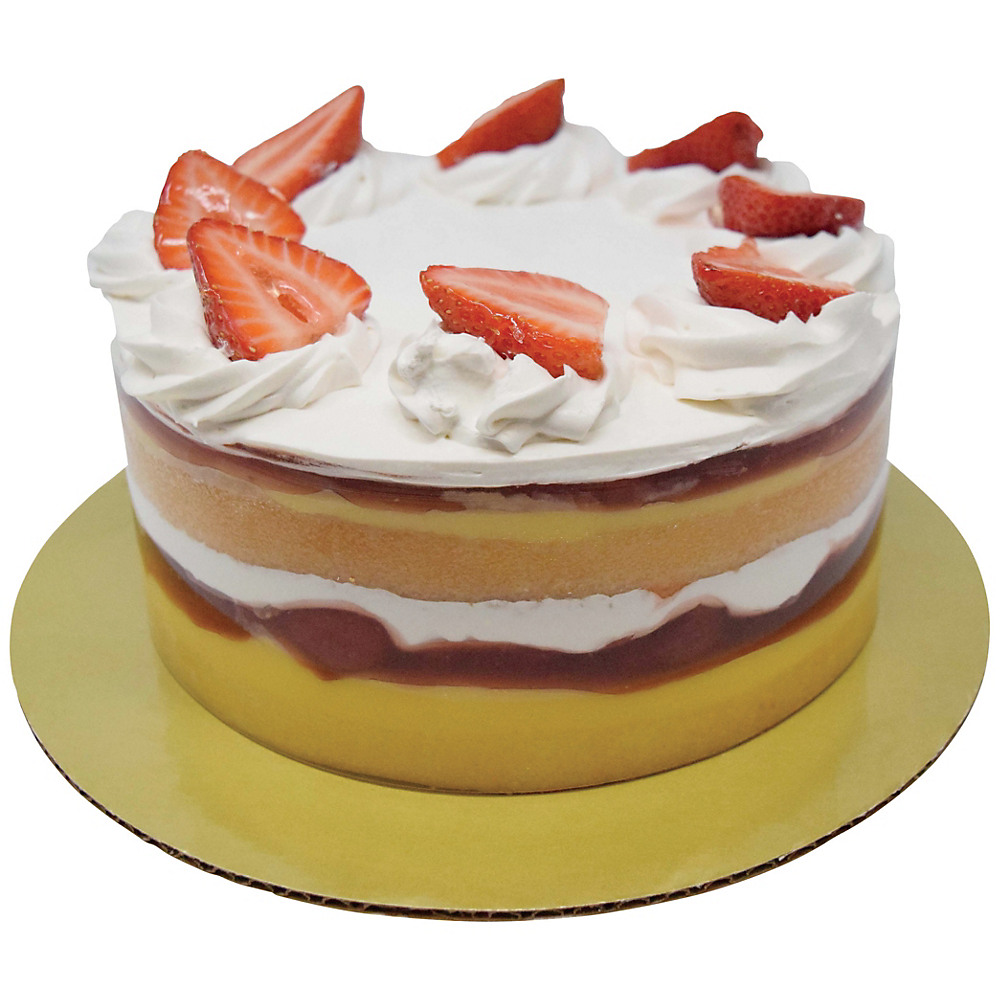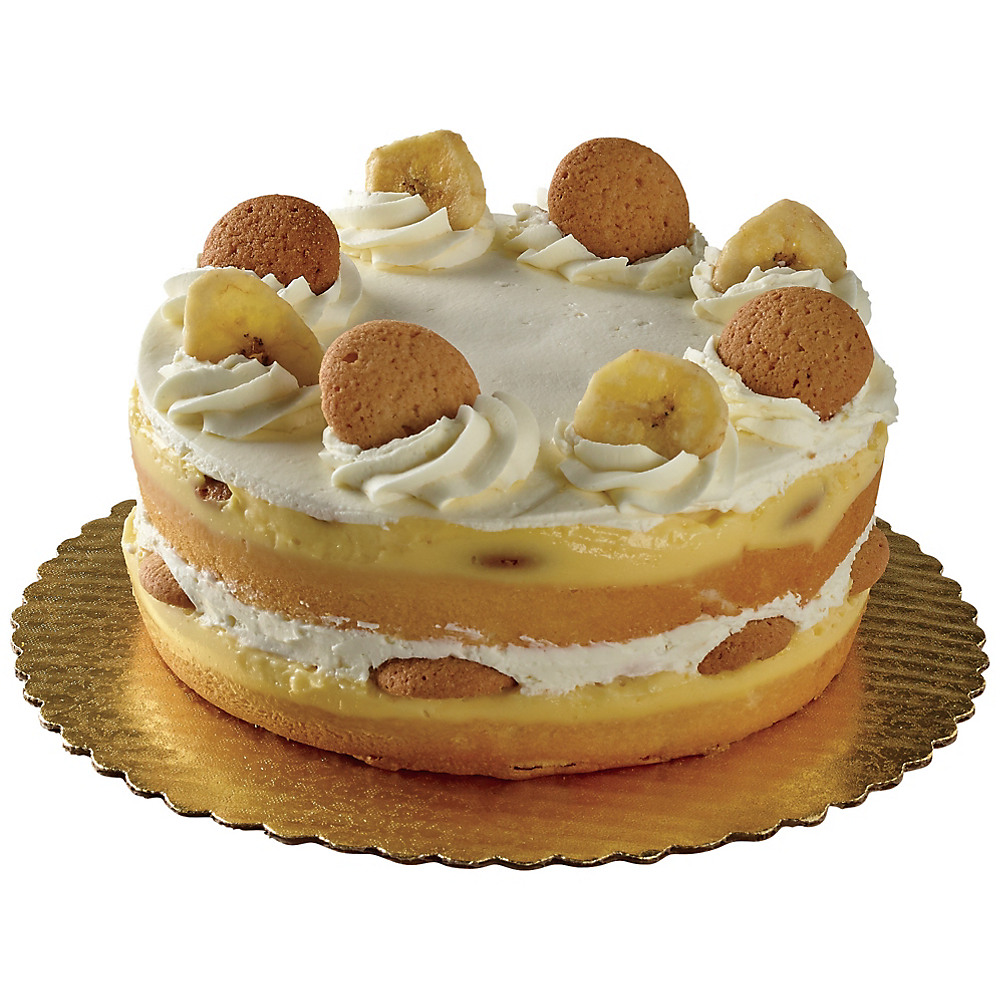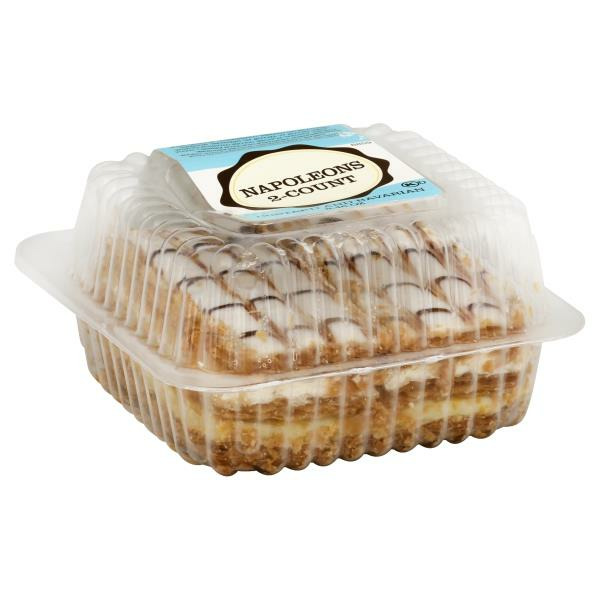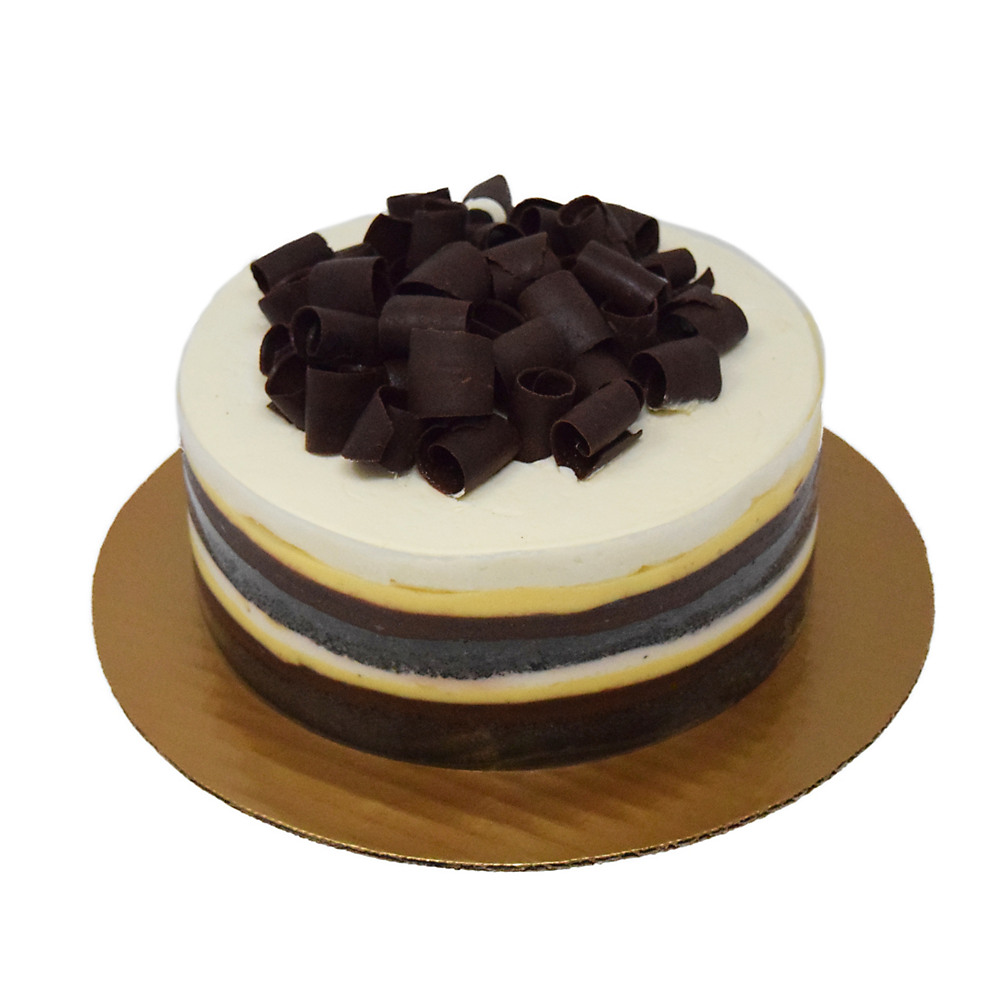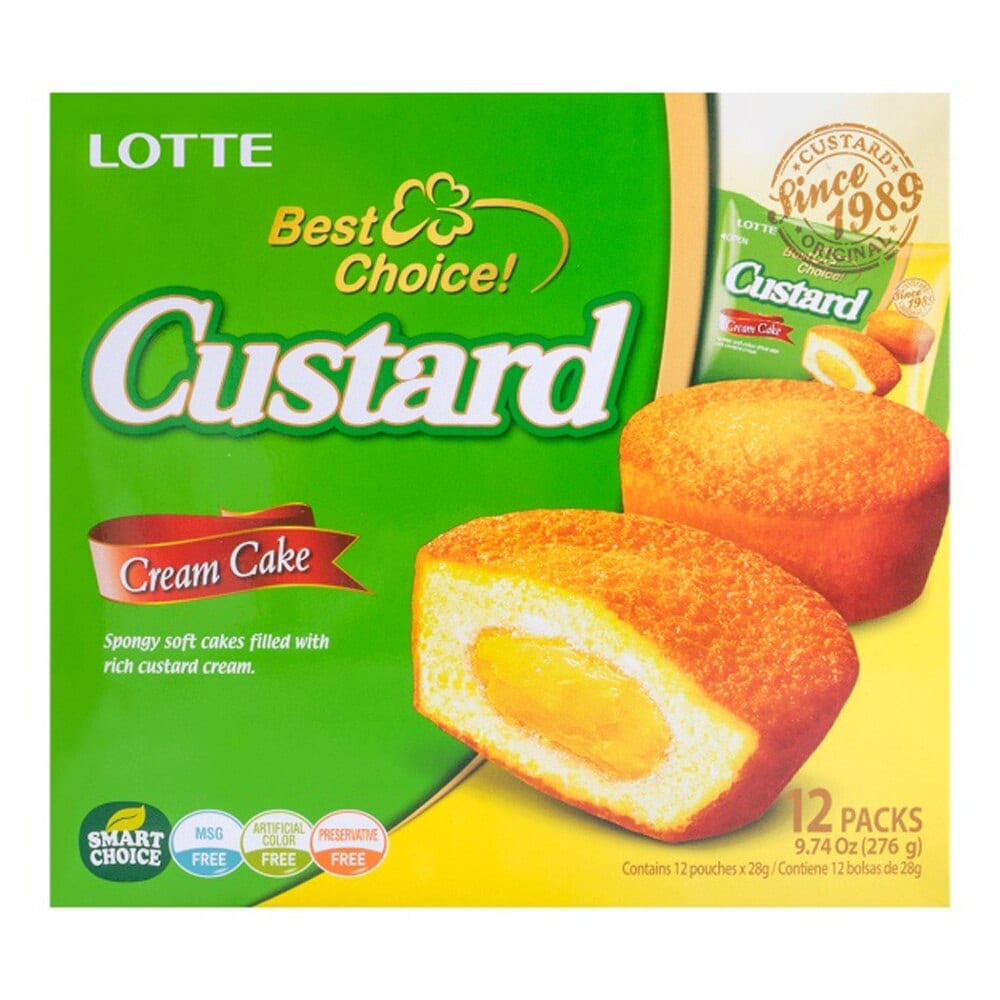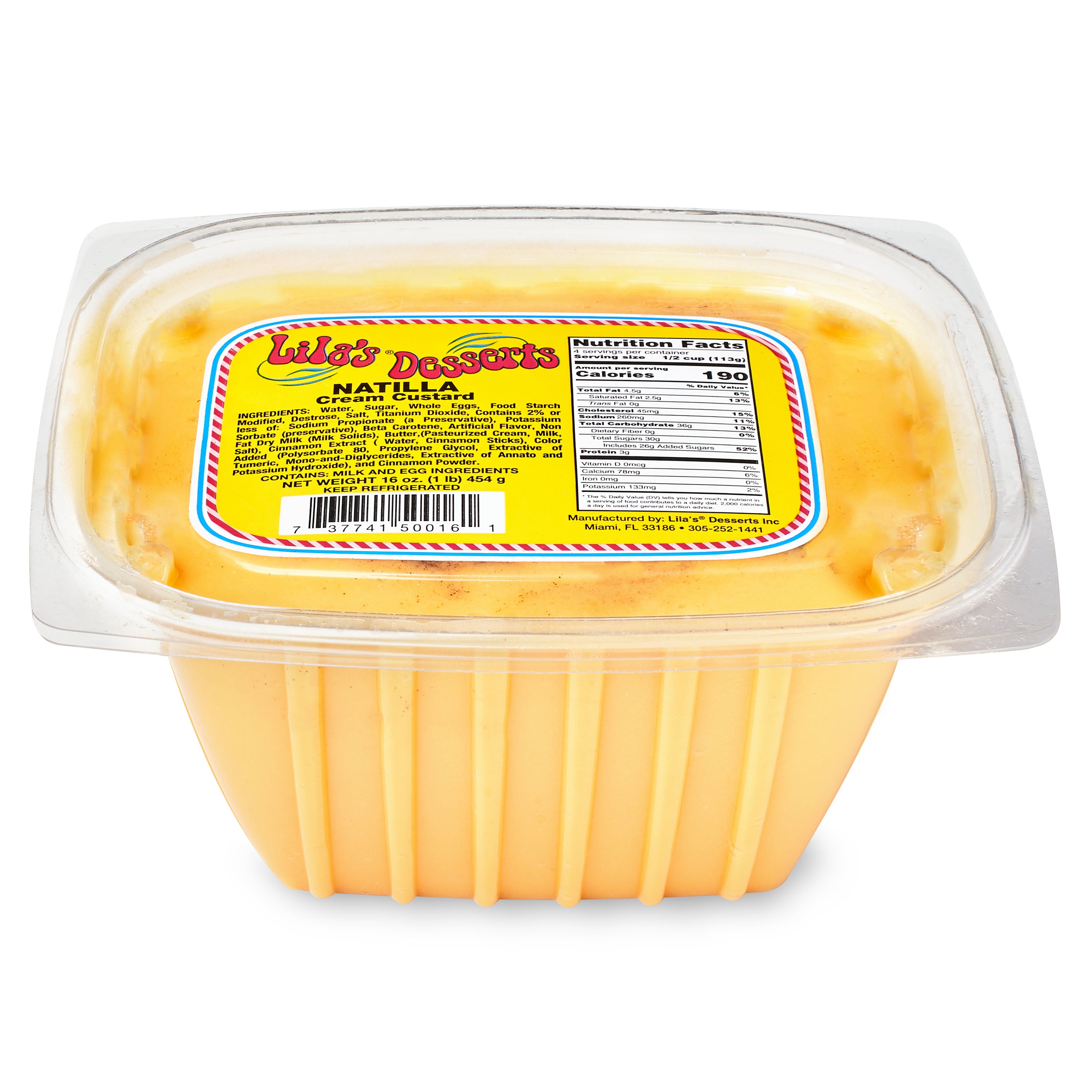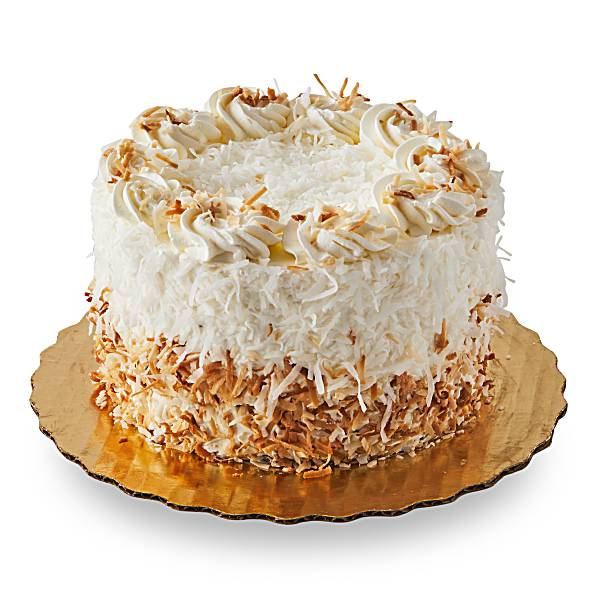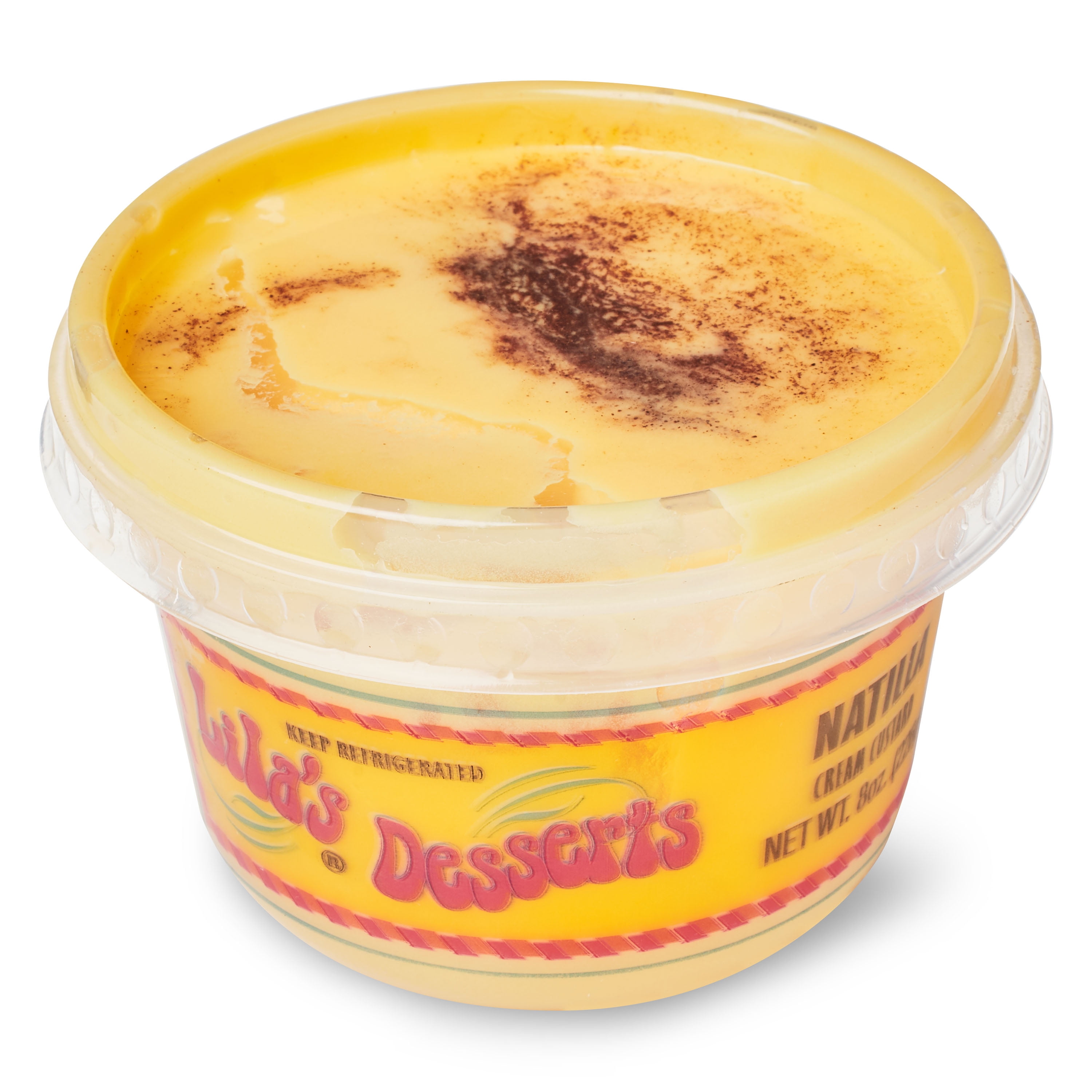Custard Cake
Custard Cake is a delightfully rich dessert that combines the creamy, smooth texture of custard with the light, fluffy feel of cake. It's a perfect balance of two favorite sweet treats, creating a unique culinary masterpiece that's both comforting and enchantingly delicious to the last bite.
The fundamental ingredient in a Custard Cake is custard, typically prepared from a mix of eggs, sugar, and milk or cream. It's then poured over the cake and baked to create a soft, creamy layer. This cake is a delectable choice for special occasions or simply as a treat to satisfy your sweet tooth.
69%
CARBS
24%
FAT
6%
PROTEIN
16 Custard Cake Products
H-E-B Bakery Strawberry Custard Cake
H-E-B Bakery Banana Custard Cake
Quali Desserts Custard and Bavarian, Napoleons
H-E-B Bakery Chocolate Fudge Custard Cake
Lotte Custard Cream Cakes
Lilas Desserts Lila's Cream Custard Cake
1/4 Sheet Coconut Custard Delight
1/2 Sheet Coconut Custard Delight Cake 520 Cal/Boat
Coconut Custard Delight
Lilas Desserts Lila's Cream Custard Cake
Custard Cake FAQ
Custard Cake can be surprisingly tricky to perfect due to the balancing act of creating two different textures with different cooking times: a firm, fluffy cake and a soft, creamy custard. The most common problems arise from overcooking the custard, undercooking the cake, or having difficulty achieving a clear separation of the layers.
It takes careful preparation and attention to detail to get the most out of this dish. Be sure to follow the recipe very closely, especially if you're not accustomed to baking custard-based desserts. The precise quantities of ingredients is critical; too much egg can make the custard rubbery, while too much cream or milk can make it too loose.
One key tip for achieving a clear separation of layers is to place the cake batter into the pan first and then slowly pour the custard over the back of a spoon, reducing the force of the pour and allowing it to gently settle on top of the cake batter.
Another key to success is baking it in a water bath or 'bain-marie.' This technique helps ensure even baking and maintains a lower, more constant temperature which is optimal for cooking both the custard and the cake correctly.
Why did my cake collapse after taking it out of the oven?
How do I make my custard cake more flavorful?
Why is my custard cake not setting?
Why is my custard rubbery?
Why aren’t the custard and cake separating?
Why is the top of my custard cake burning?
How do I prevent the cake from sticking to the pan?
Why is my custard cake too sweet?
Can I use low-fat milk in my custard cake?
My custard is too loose or runny, what can I do?
Substitutes

Hummingbird Cake

Angel Food Cake

Red Velvet Cake

Strawberry Cake

Chocolate Cupcake

Christmas Cupcake

Halloween Cupcake

Lemon Cupcake

Pumpkin Cupcake

Red Velvet Cupcake
See All
Health Info
Macros
32g
CARBS
11g
FAT
3g
PROTEIN
Allowed on these diets
LOW FAT
HIGH CALCIUM
VEGETARIAN
Contains these allergens
MILK
WHEAT
EGGS
